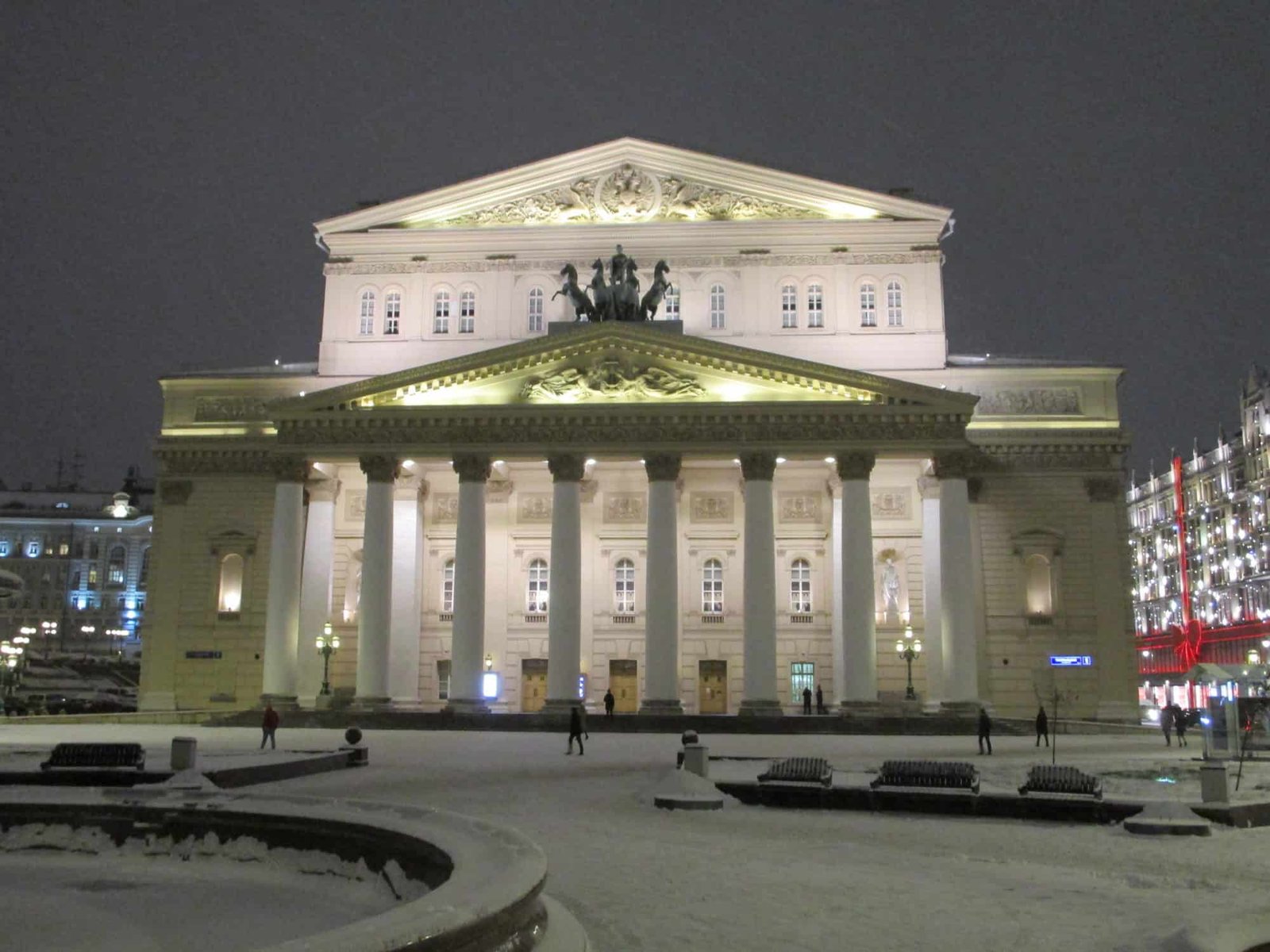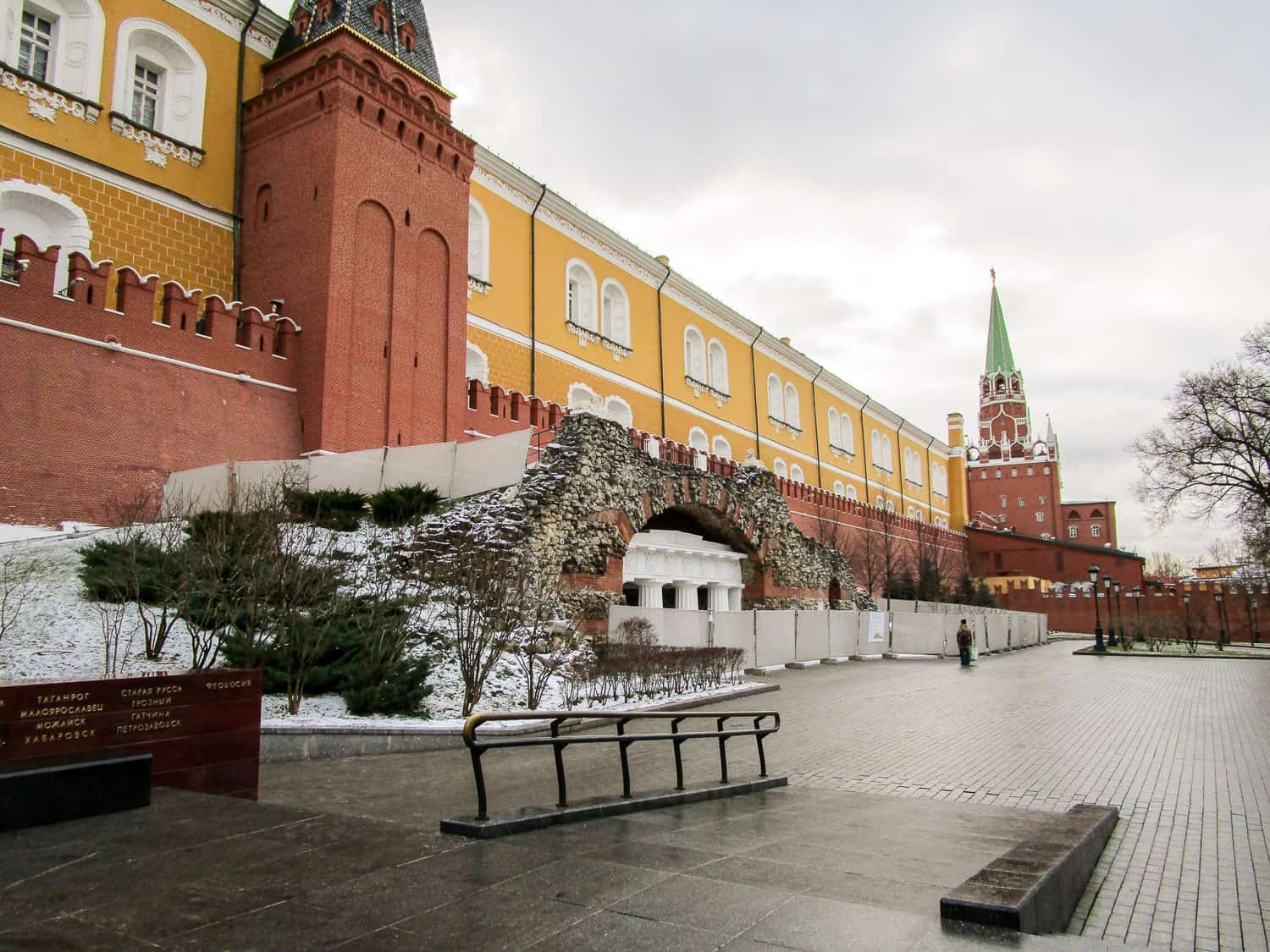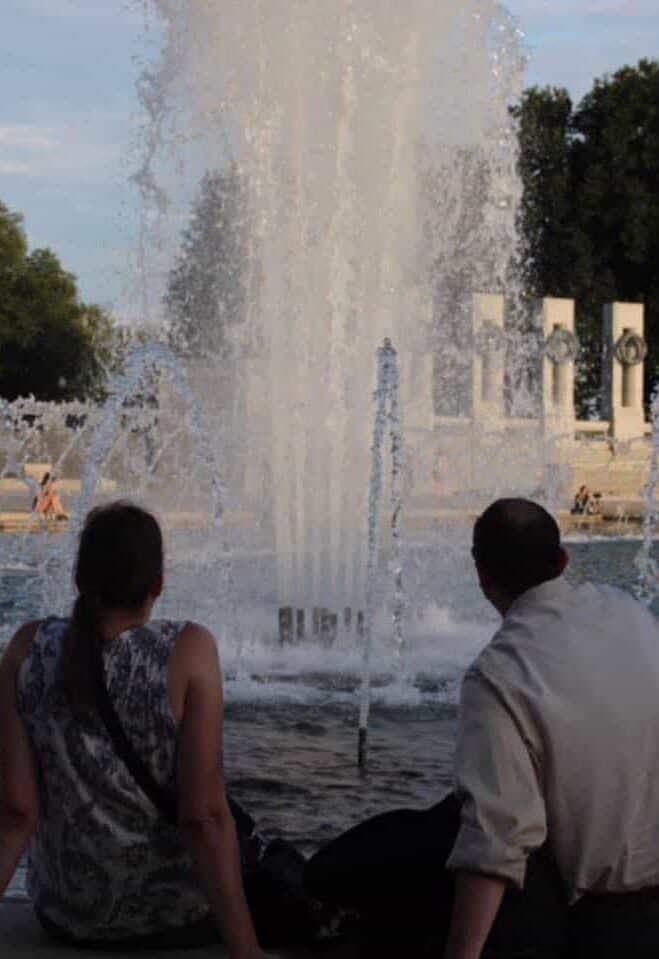On our last day in Moscow when we had a completely free day, we went to explore some of the museums and exhibits. The first one we decided to see was the Cosmonaut Museum.
We took the metro to VDNKh Metro station on the orange line 6. This was an easy ride and then cross the street from the station, and you will see the sweeping arch of the The Monument to the Conquerors of Space. This monument was erected in 1964 was dedicated to the achievements of the Soviet space program. On top of the monument is a rocket that makes it look like the rest of the monument is the exhaust plume. It stands 350 ft tall and has a statue of Konstantin Tsiolkovsky (considered to be a founding father of the Soviet rocket and space program) in front it.

The Monument to the Conquerors of Space 
The Monument to the Conquerors of Space
At the base of the monument is the Cosmonaut Museum, which opened in the 1980s. This museum is incredible and much larger that it looks when you first walk in. The first exhibits you see will be in the Introductory Hall. This hall has a number of models (to scale and smaller scales) of famous Soviet space program artifacts.
Contents
Yuri Gagarin – First Man in Space
When you walk in to the hall, you are faced with a giant statue of Yuri Gagarin in front a lit globe with a model of Sputnik by his side. It is pretty impressive and shows the level of heroism and important he played in the Russian history.
Yuri Gagarin was launched into space on April 12, 1961, in a spacecraft called Vostok 1. He orbited the Earth for one time and landed back in the Soviet Union.
His celebration is not just limited to this museum. He was awarded the highest civilian award in the Soviet Union, the Order of Lenin. He was also given formal titles of Hero of the Soviet Union and Pilot Cosmonaut of the Soviet Union.

Spuntnik Models at the Cosmonaut Museum
There are several models of Sputnik in the museum, and the one next to the status is to scale. It is fascinating to look at this innocuous looking ball and what an accomplishment it was by the Soviets to launch it into a low orbit in 1957. This ball triggered such fear in the rest of the world.

Belka and Strelka – First Dogs that Survived a Orbit around the Earth
Most people have heard of Laika – the most famous dog in space which sadly died due to temperatures in the capsule in space after about one orbit (even though there were no plans on getting her back to Earth). Laika was a stray dog out of many tested due to her ability to withstand tests and her popularity gained based on just having puppies. Although her story is sad and an example of the horrible practice of testing on animals, she did prove that people could survive being in orbit.
There are two other dogs that were just as important but had a happier ending and when you go into the Cosmonaut Museum, you can see an exhibit of their trip. They were two other stray dogs Belka and Strelka – the first dogs to survive a trip around the Earth in space.
On August 19, 1960, the Soviet Union sent a capsule named Sputnik 5 with a lot of animals on board: the two dogs with 40 mice, two rats, a rabbit, fruit flies, and plants. They made it to orbit and back to Earth safe and sound.
In the exhibit, you can see their capsule and the have the actual dogs stuffed through taxidermy as part of the exhibit.

Valentina Tereshkova – First Woman in Space
Valentina Tereshkova was launched into space on June 16, 1963, as the the first woman in space. She did 48 orbits around Earth on the Vostok 6 and landed on June 19.
The Soviet program believed that the U.S. program was training women to join the astronaut programs so they decided to beat them at that milestone. Valentina was very young and had not completed any prior pilot training. She had experience sky diving and joined the cosmonaut training program on that basis. She completed the program and was selected to make the flight.
In the museum there was a special section dedicated to Valentina and she remains the only woman to fly solo and the youngest woman in space.

Propaganda Posters
In a Hallway outside of the main exhibit hall there are the propaganda posters that were used to visually document the pride of beating the Americans at the space race. They were fascinating to look at and even though there was no English in this section it was easy to figure out what they were trying to say.









Propaganda posters featuring Lenin
Mir Orbital Space Station
The Mir Orbital Space Station was launched (the main module) on Febraury 2o, 1996. It was the first modular type and was actually connected with other modules in space. It was also the first space station to a have people living in it continuously. It was occupied for over 12 years in space.
The station conducted many experiments in pretty much all space sciences – biology, physics, astronomy, and more. It was a great step forwarded in learning how humans can live and work in space.

Diorama of Descent Module of the Soyuz TM-7 Spacecraft
In the back of the museum was some ornate and very detailed reenactment of events like the landing in the snow of the Soyuz module with cosmonauts.
References
“Mir FAQs – Facts and history.” The European Space Agency. February 21, 2001. Retrieved December 27, 2018.
“Remembering Belka and Strelka.” Air & Space. August 19, 2010. Retrieved December 27, 2018.
“The Sad, Sad Story of Laika, the Space Dog, and Her One-Way Trip into Orbit.” Smithsonian Magazine. Retrieved December 27, 2018.
“Valentina Tereshkova.” Brittanica. Retrieved December 27, 2018.
“Yuri Gagarin.” Brittanica. Retrieved December 27, 2018.









Trackbacks/Pingbacks